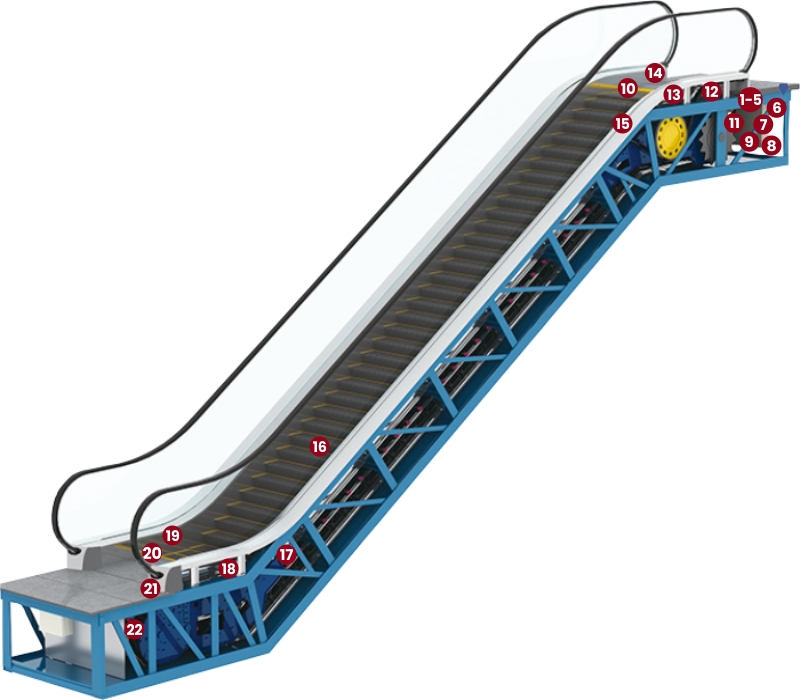Modernisation & Upgrades
When it’s time to extend the value of your elevator equipment, we will assist with all the skills and experience needed to make your modernization project truly cost-effective.
Lift Maintenance Company
Welcome to Utility Elevator – Your Trusted Lift Maintenance Company in South Africa. At Utility Elevator, we understand that regular maintenance of your lift is essential to ensure its smooth and safe operation. That’s why we offer comprehensive lift maintenance services tailored to your specific needs, ensuring that your lift is always running at optimal performance.
Our lift maintenance services include:
Regular Inspections and Preventative Maintenance Regular inspections and preventative maintenance are key to identifying and fixing any potential issues with your lift before they become major problems. Utility Elevator, offers customized maintenance plans to suit your unique requirements, ensuring that your lift receives the necessary care and attention it needs to function at its best.
24/7 Emergency Repairs
In the event of a lift breakdown, our team of expert technicians is available 24/7 to provide prompt and efficient repairs. Furthermore, we understand that a faulty lift can cause major inconvenience and disruption to your daily operations, which is why we prioritize emergency repairs to get your lift back up and running as quickly as possible.
Upgrades and Modernization
As a leading lift maintenance company, we also specialize in upgrades and modernization of existing lift systems. As a Life Maintainance Company, we can help you to improve the performance and efficiency of your lift, as well as enhance its aesthetic appeal, to better suit the needs of your business or building.
Why Choose Utility Elevator as Your Lift Maintenance Company?
With over 25 years of experience in the industry, we are one of the most trusted lift maintenance companies in South Africa. Moreover, our team of qualified and experienced technicians is dedicated to providing high-quality and reliable services to all our clients.
When you choose us as your lift maintenance company, you can expect:
- Competitive Pricing
- Customized maintenance plans
- Fast response times
- Quality workmanship
- 24/7 support and emergency repair
Modernisation & Upgrades
We understand that the expectations of your elevator performance are high. And, you want your lifts to be operating at their peak for the entire lifespan. With proper maintenance and repairs, this is possible; however, at some point, due to various factors, your elevator system will require an upgrade to maintain high levels of efficiency. When it’s time to extend the value of your elevator equipment, we have the experience to assist with the expertise and skill needed to make your modernization project genuinely cost-effective. Modernising a lift system improves reliability, performance, boosts eco-efficiency, enhances safety and value retention. The lift modernisation process involves replacing obsolete and redundant components with modern equivalents. Today’s technology offers a vast array of options whereby we at Utility Elevators can assist you with tailor-made modernization packages. In addition, new technological features that were not available when the lift was installed initially are incorporated.
We have decades of experience upgrading our equipment and other non-proprietary elevator equipment. Utility Elevators performed numerous upgrades on proprietary equipment like Schindler, Otis, Kone, Mitsubishi, ThyssenKrupp, Sabiem, and Fujitsu.






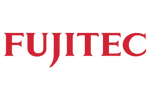
Why Choose Utility Elevators for your Modernization Project.

Lift Maintenance Company Utility Elevators, have the experience and resources to provide you with the most appropriate and latest technologies to optimize the results of your modernization project.
With more than 200 successful upgrades performed on various elevator systems ranging from passenger elevators, stretcher lifts, service elevators, freight elevators, goods lifts, dumb waiters, escalators, and special application elevators, including explosion-proof elevators and escalators. Utility Elevators should be your obvious choice when considering a modernization project, regardless of the size of the project.
Cost-effective assistance for planned or unplanned modernization projects
At Utility Elevators, we understand the importance of maintaining an elevator system that meets the needs of your building. That's why we offer a complimentary assessment of your existing equipment to provide you with a comprehensive modernization proposal that is tailored to your needs. Our solution-based approach is designed to conform to the latest standards and technology to make your vertical transportation system look and work like new. Additionally, we can make the modernization project more flexible by implementing it in stages with fixed timelines to help you manage your budget. With Utility Elevators, you can rest assured that your elevator modernization project is in good hands.
An experienced cross-functional team experienced in all elevator brands.
Beginning with a comprehensive assessment, our dedicated modernization team will execute your modernization project from start to finish. They will improve and enhance your vertical transportation system to an exceptionally high standard, regardless of the brand and model of the system.
Non-proprietary, technologically advanced and eco-friendly equipment.
Furthermore, as a cost-effective solution, Utility Elevators specializes in installing high-quality, non-proprietary equipment during modernizations. Our parts offer the highest compatibility across different systems without sacrificing quality. Utilizing non-proprietary equipment will facilitate fast and smooth elevator upgrades and modernization. Non-proprietary equipment offers the same high degree of functionality and reliability but without the price tag and exclusivity associated with proprietary parts and software used by some manufacturers. Service providers can acquire equipment and components quicker and, in most cases, at a far better price than proprietary equipment. For elevator and escalator owners, this means significantly reduced downtime and savings on your elevator maintenance budget.
Elevator Modernization: When Is It Time?
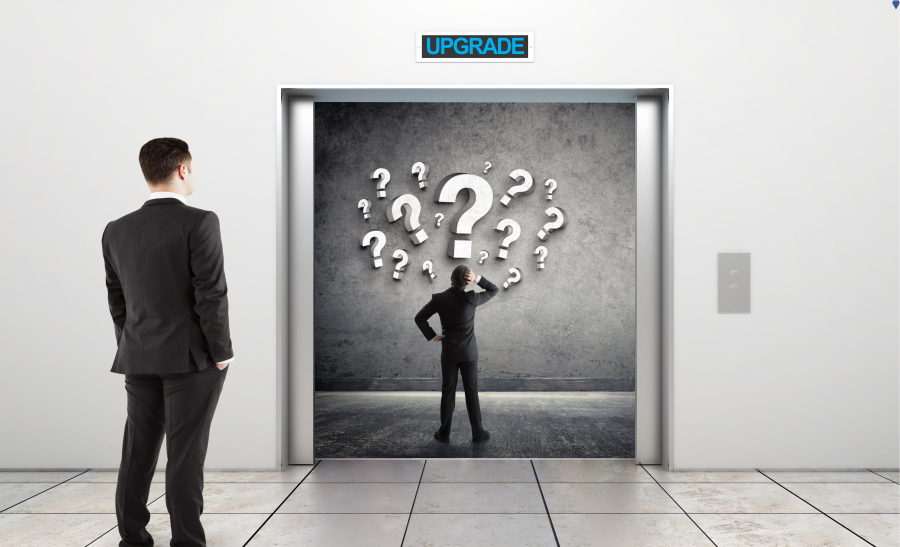
If the answer is “YES “to the following or a combination of the following – it’s the right time to start planning for an upgrade.
- Frequent breakdowns of equipment.
- Poor ride quality, jerky and noisy
- Increasing repair and maintenance costs due to breakdowns
- Poor leveling that can cause a tripping hazard.
- Safety Mechanism Failure
- Equipment overheating
- Non-functioning Equipment causes the lift to be out of order
- Is the elevator system 15 to 20 years or old?
- Proprietary or obsolete parts are not supported or unavailable due to age
- Poor performance and efficiency
- High Energy Consumption
- Equipment not meeting compliance standard
- Accessibility to lifts for persons with disability resulting to a social disadvantage.
- Passengers feel uncomfortable to use the lift.
- Vandalism out of frustration of dysfunctional lifts
- Building Needs Change, from commercial to residential
- Its appearance is absolute or unappealing and does not match the building
The Benefits of Modernisation: Why Upgrade?
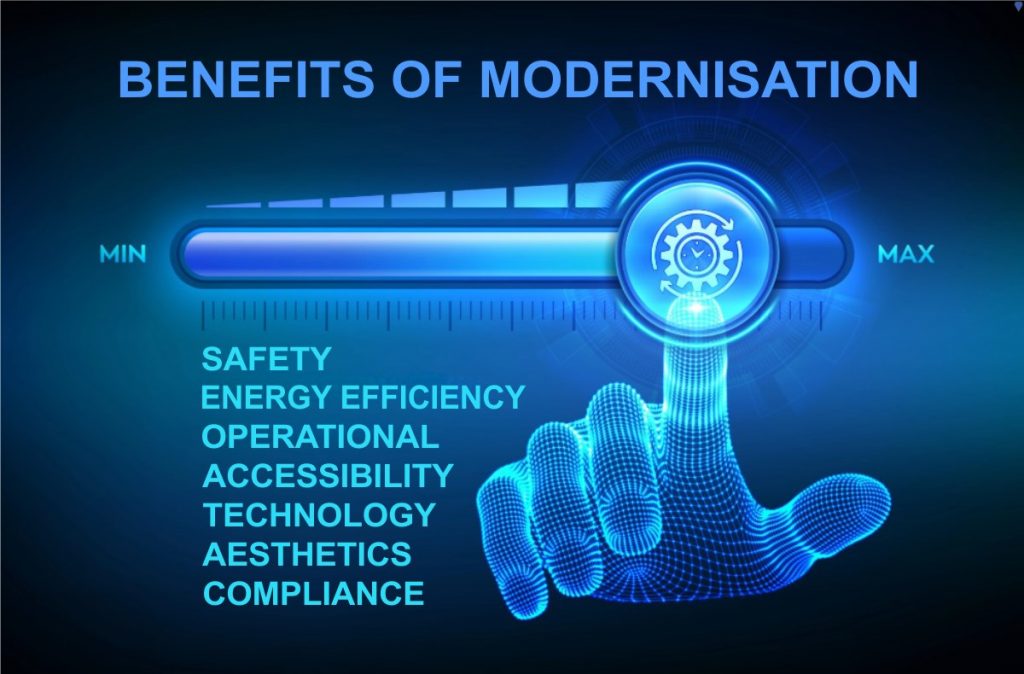
Safety (Our topmost priority)
- Full system compliance with current standards and regulations as specified in the OSH Act and relevant SANS Regulations.
- Increase and improve the safety of all lift users and technicians that conduct maintenance on the lifts.
- Minimize the risks to passengers.
- Eliminates the frustration of elevator breakdowns due to the age of the elevator system.
- Minimizes the owner’s liability
- Protection against uncontrolled movement of the car
- Overload protection
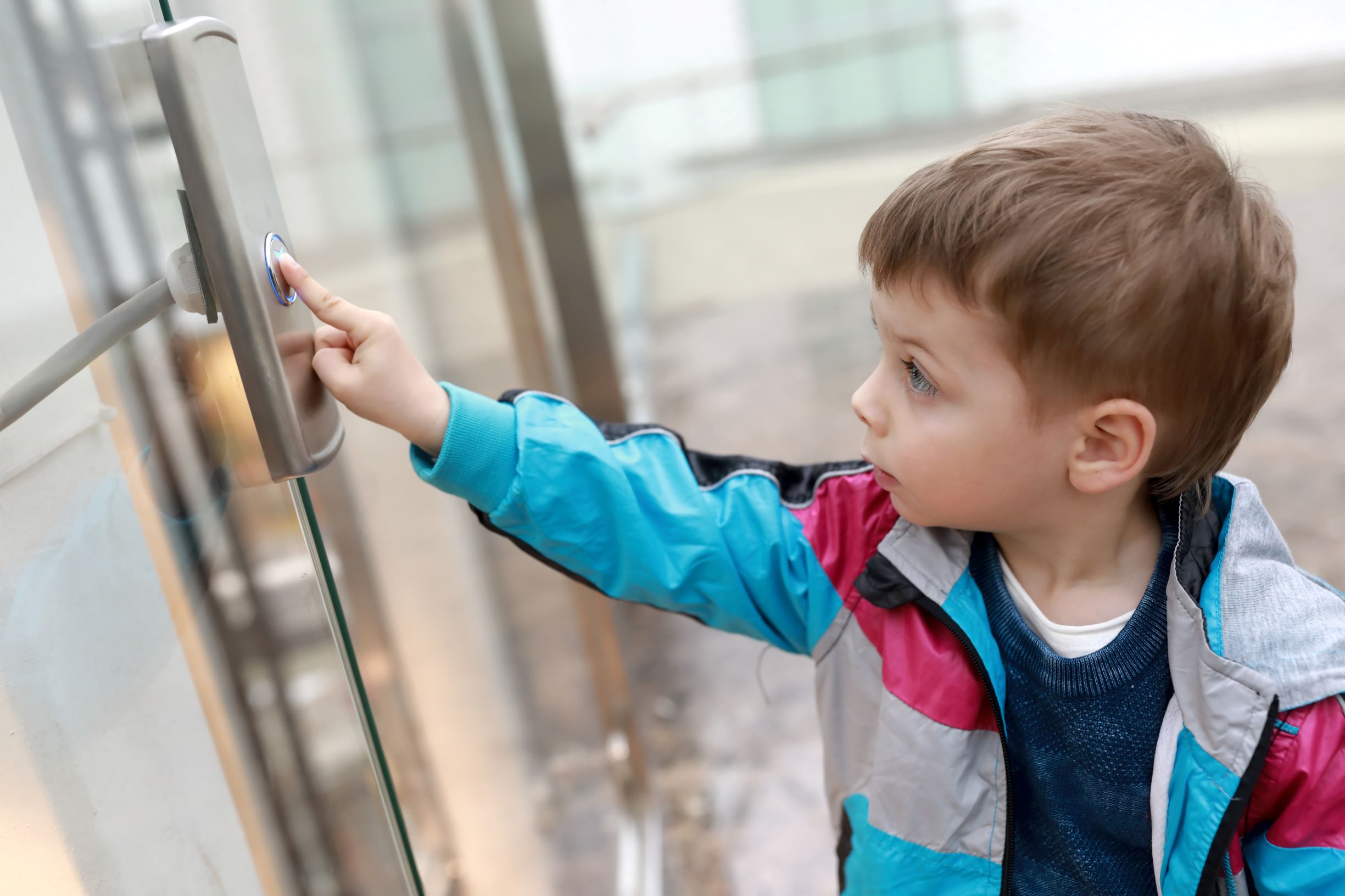
Operational
• Enhanced performance.
• Smooth traffic flow in the building.
• Greater efficiency and reliability.
• Safe and accurate floor levelling accuracy.
• Smoother starting and stopping.
• Reduce passenger waiting time.
• Extend the life of your equipment.
• Minimum noise development vibrations.
• Faster troubleshooting, reducing downtimes.
• Expanded functionalities.
• Extend equipment life.
• Increased capacity.
• Eliminate overheating issues.
• Availability of spare parts is guaranteed for years to come.
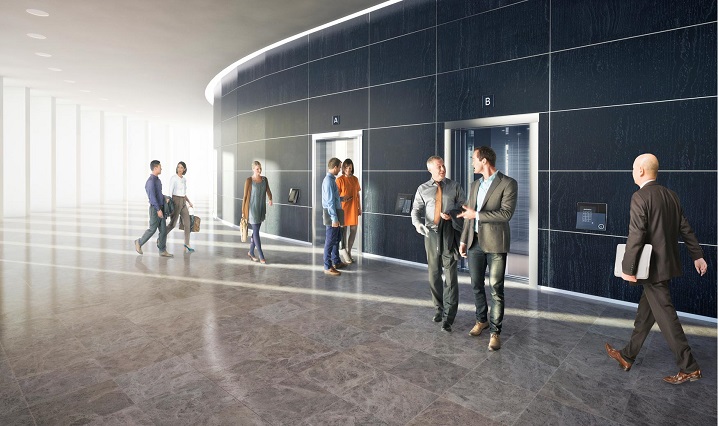
Energy efficiency and eco friendly
- Modern technology reduces energy consumption by up to 50% resulting in savings on your electricity bill and helping to protect our environment with an improved environmental footprint.
- These upgrades also cut your operating costs.
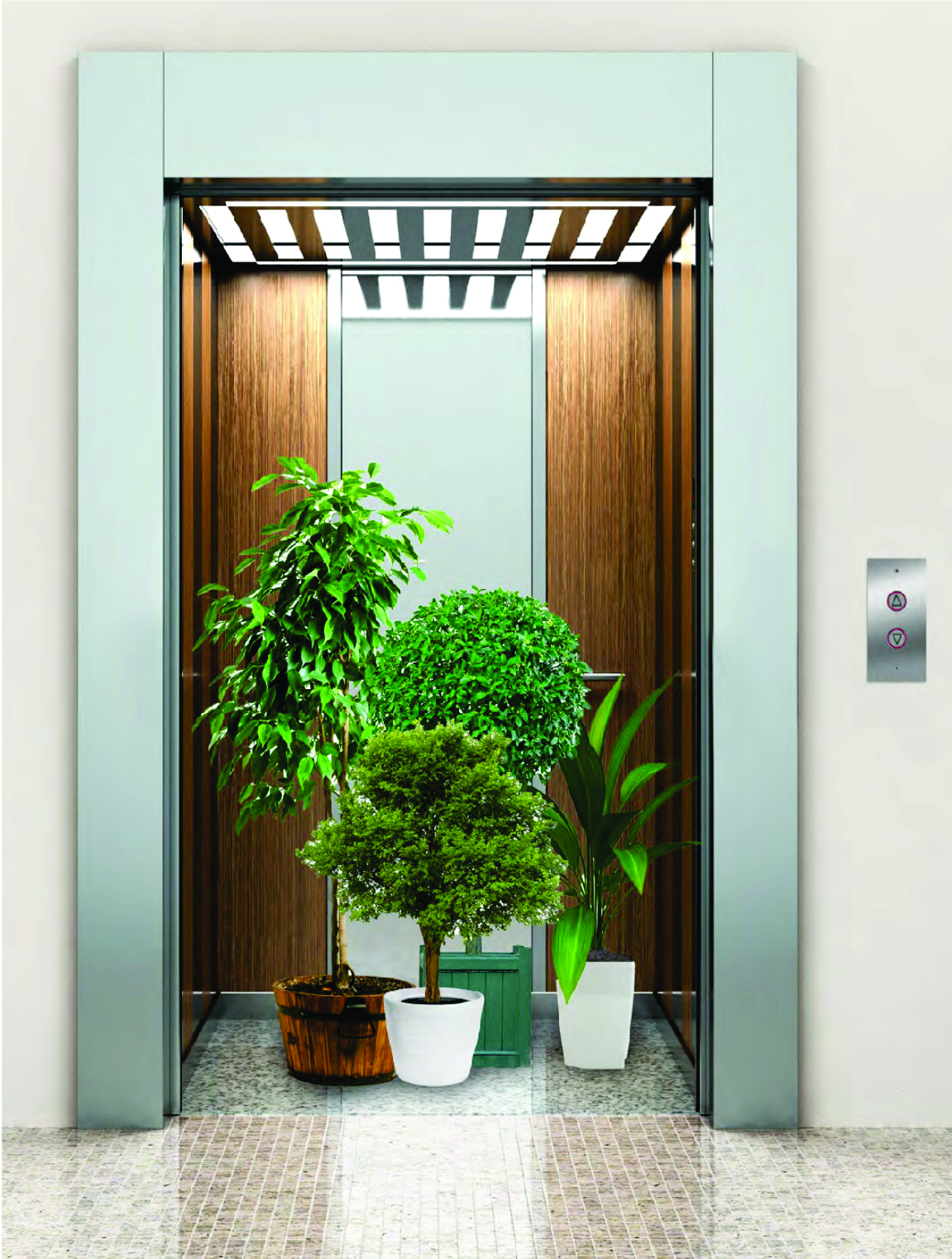
Accessibility and building health
• Ensure the welfare and safety of your tenants.
• Creating a sense of safety and comfort for the lift users.
• Improves the functionality of the building by enhancing the traffic flow in the building.
• Modernized equipment results in the reduction of running costs.
• Minimizes the owner’s liability.
• Improves the building’s energy efficiency.
• Improved safety and security.
• Improves accessibility for the disabled.
• Maintain competitiveness with newer buildings.
• Attract better tenants.
• Preserve or increase the value of your building.
• Positive Return on Investment.
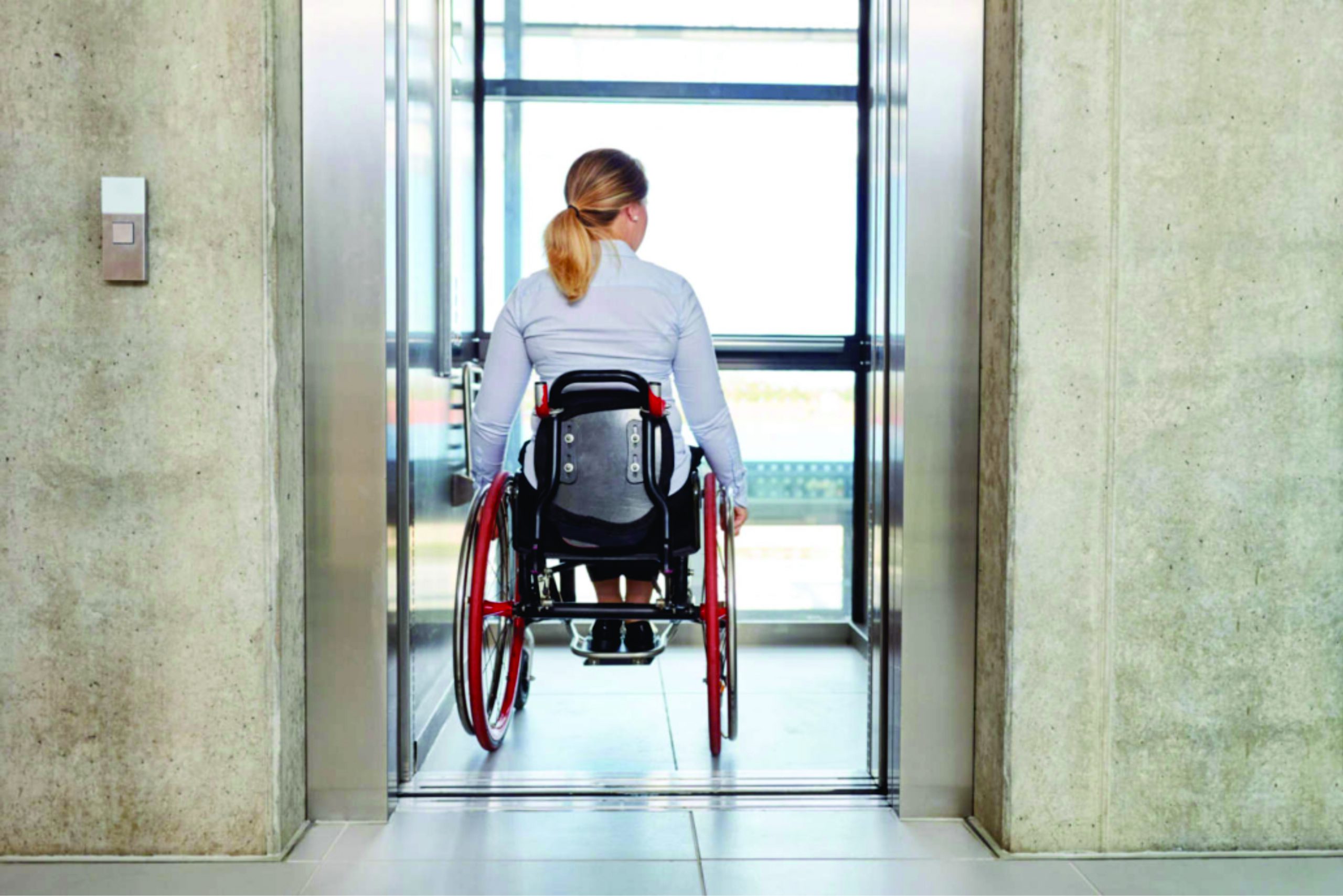
Technology
- Providing the benefits of the latest up-to-date technologies and complying with the latest legislation, regulations and standards without the need for total replacement.
- The latest technology provides an increase in energy efficiency and economical use.
- New technology implements new features.
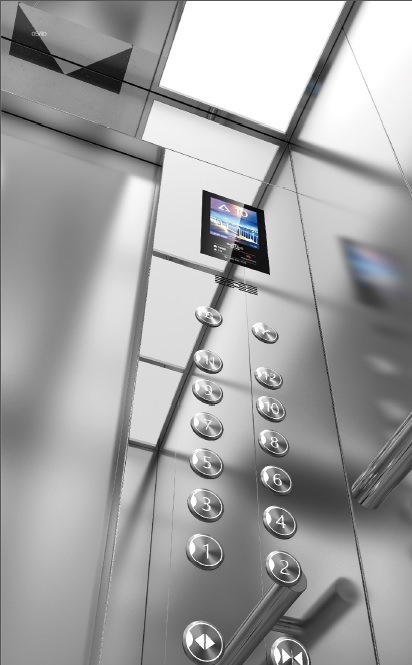
Aesthetics
- Adds aesthetic value and a positive note to the perception of the whole building.
- It adds value to the property.
- A direct reflection of the building’s status, the ride becomes a pleasant experience.
- Creates a sense of reliability.
- Enhances Energy Saving with cab lighting.
- Assist disabled users entering and exiting the lift.
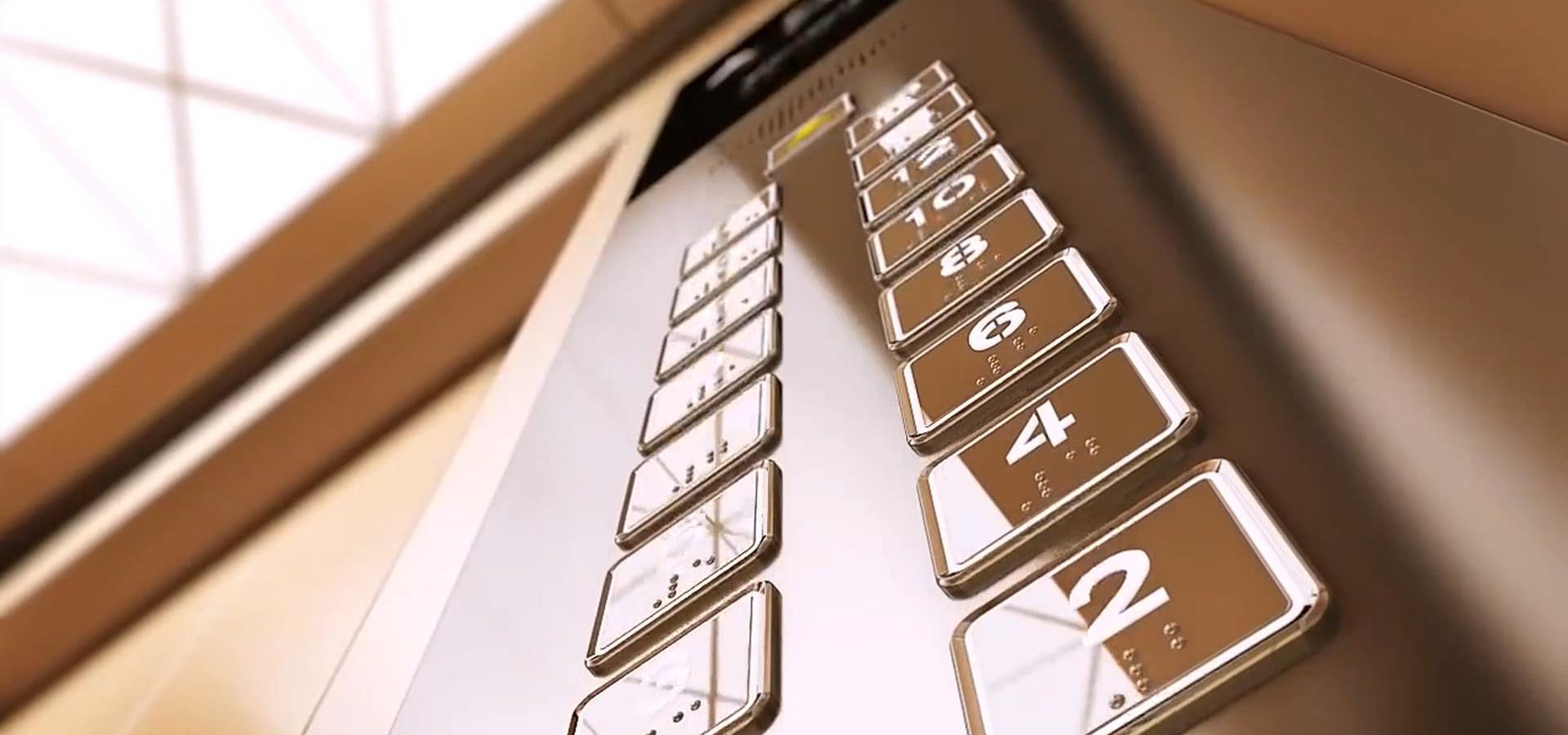
Compliance
- Complies with the current safety aspects set out in the OSH Act and national safety standards set out in the relevant regulations.
- Comply with legislation on disabled access.
- Minimizes the owner’s liability
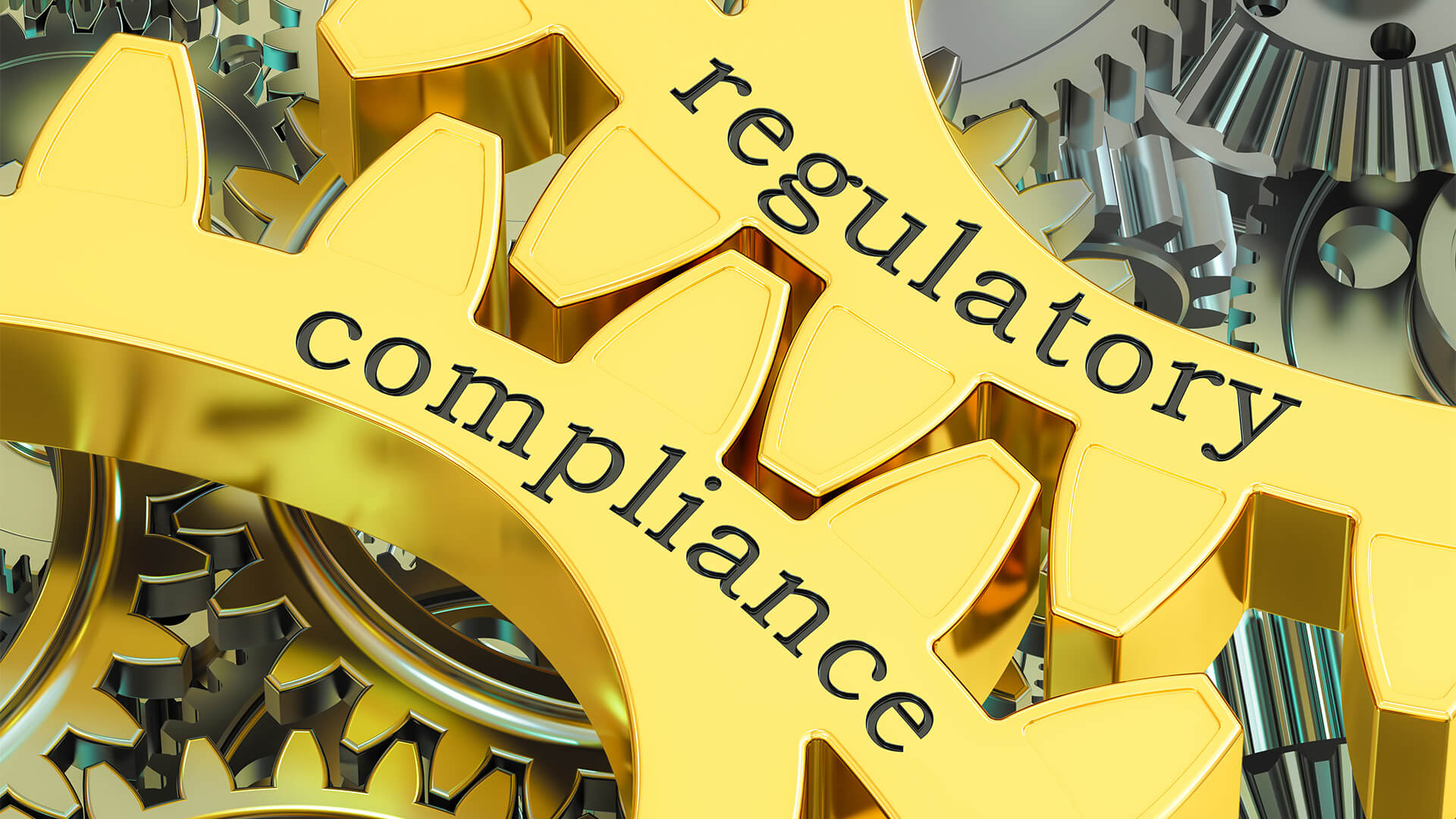
Type of Modernisation

Complete modernization (Classified as a new installation)
In some instances, the elevator system is in such a state of deterioration due to vandalism and neglect that a complete modernization is warranted. With a full elevator replacement, we install a brand-new elevator in the given shaft, giving you all the features and benefits of a modern new elevator.
In the event a complete modernization project is warranted, the old system needs to be de-installed. (See de-installation)
Partial Modernization
Partial modernisation usually applies to lifts that are 15 to 20 years old. An old elevator does not necessarily need replacing; we can upgrade components such as the main motor, control, and electrical system with wiring, including the car and landing operating panels, as well as the doors in one project. A partial upgrade can be performed in different stages to be budget accommodating.
Component Upgrades
Component upgrades are a quick and cost-effective way to make minor improvements that will enhance the elevator's efficiency, safety, and aesthetics. Usually, safety equipment upgrades will form part of component upgrades.
What can be modernized?


Controller
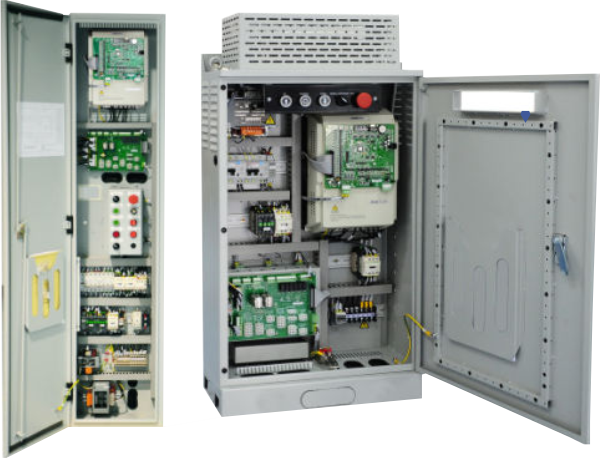
A new controller improves safety, reliability, and energy efficiency. Also, onboard diagnostics quickly reveal the shutdown source and minimise downtime.
Controllers are the brains behind the electrical system, accountable for managing the elevator services and parameters responsible for motion control, call dispatching, and safety functions, all while maintaining uninterrupted service.
Further, we at Utility Elevators endorse non-proprietary elevator controls, and our preferred control system conforms to equally high technological functionality, performance and standard as its proprietary counterparts.
Short overview of the Monarch Nice3000 Plus Control System
The NICE series is a modularized and high-powered elevator integrative controller, representing future development trends.
Compared with the traditional general-type controller, it has a compact structure that simplifies the installation process. The VVVF (Variable Voltage, Variable Frequency) inverter control delivers smooth control to the traction machine.
The control system also represents technologically advanced motor control arithmetic, motor parameter auto-tuning (Static tune and complete tune), run contactor control, brake contactor control, complete variable frequency energy saving control, and speed control. Functions like run contactor contact detection, brake contactor contact detection, touch conglutination detection, up and down light signals, left and right armrest signal, and step loss detection are highly dependable for the safe movement of the elevator.
Monarch Nice3000 Plus Control System Standard Functions
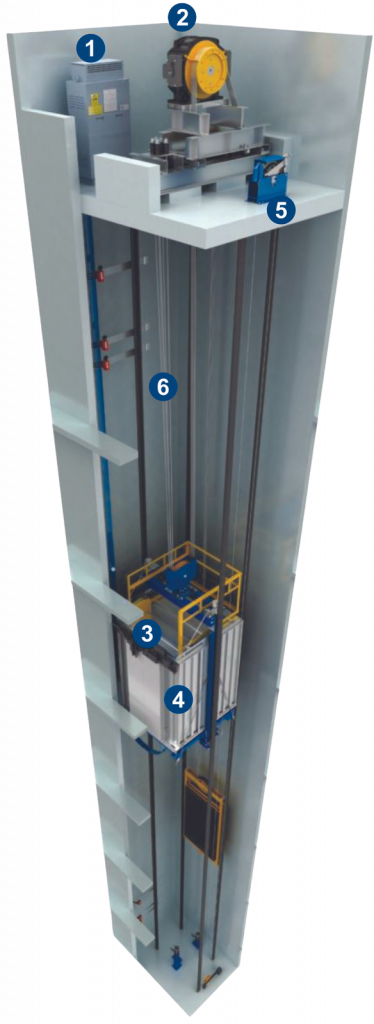

Drive or Main Motor
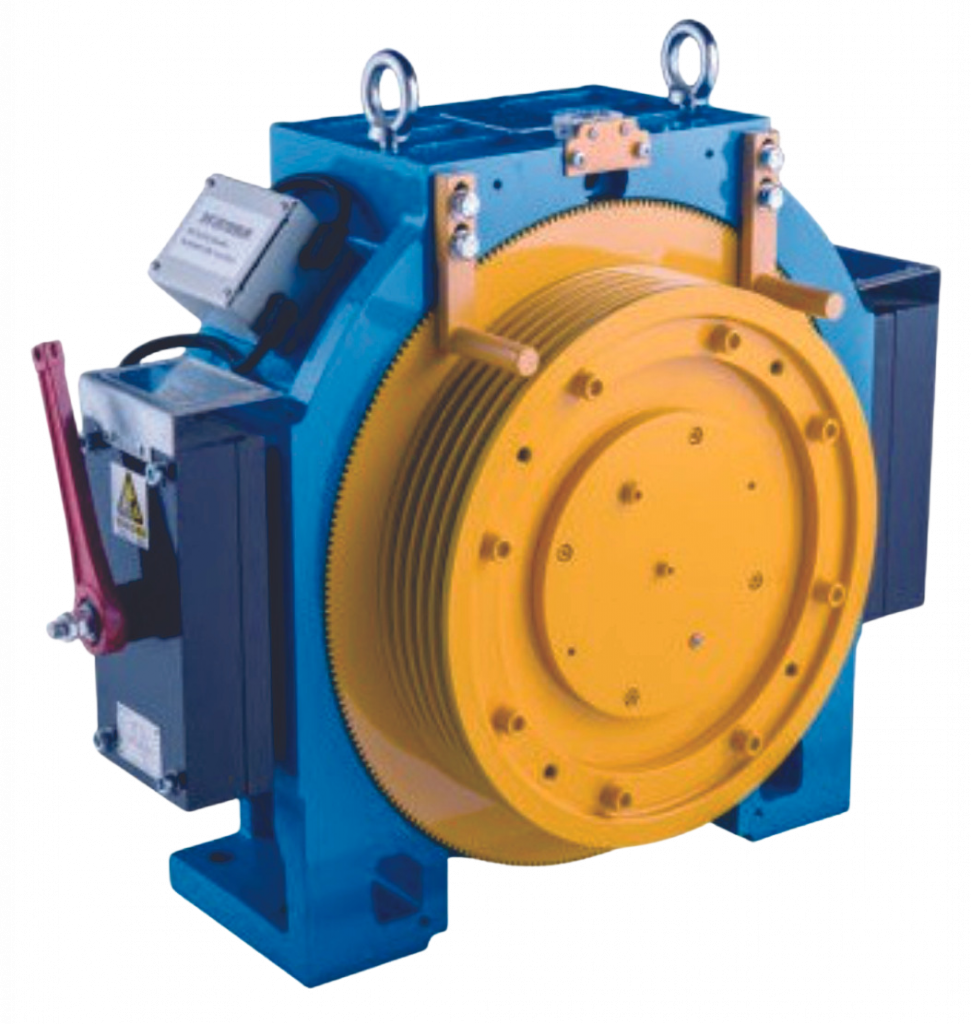
The progress of technology had not stopped when it came to the dive system either. Advancement in technology brought forward drives that enhanced energy efficiency significantly.
Converting a DC motor to an AC motor will require less energy and produce less heat. Taking it a step further, a new A/C gearless machine interface with A/C VVVF drive technology in elevator control systems reduces energy consumption by up to 50% from older systems.
Total replacement is not always necessary. Newer generation AC motors in a geared drive system can be refurbished, including the gearbox and sheaves.
However, gearless machine ride quality is much smoother and quieter than their geared counterparts; furthermore, with the correct roping system, a gearless machine increases performance considerably compared to a conventional geared machine. When riding upgraded elevator systems, tenants immediately sense greater security and comfort.
**Note that the “Gearless Permanent Magnet Traction Machine” is not compatible and, therefore, not applicable to some elevators systems

Doors and Door Equipment
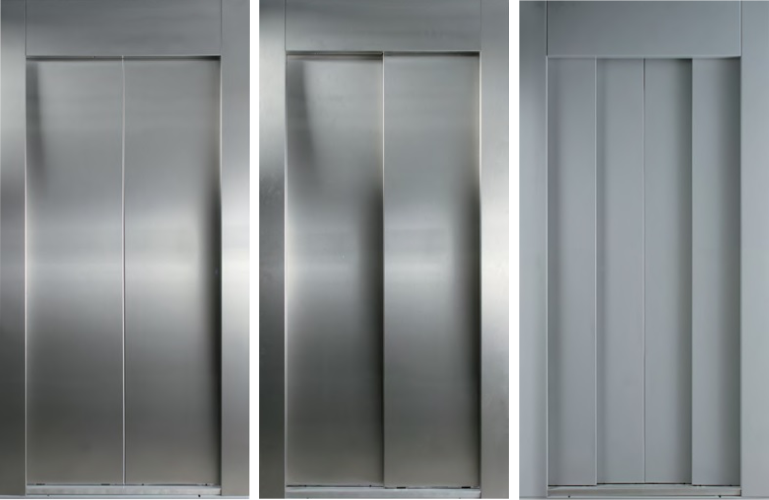
Choosing the correct type of lift and doors is an important decision when planning the installation of a new or a replacement lift system.
Experience shows that many of the problems and interruptions in lift service are directly or indirectly related to the operation of the lift doors. Doors work twice as hard compared to any other part of the lift system. The elevator doors open and close twice on each run. The workload on door systems is twice as much as on the rest of the elevator’s equipment; therefore, door systems show deterioration before any other parts of the elevator.
Door operation is the most visible aspect of elevator service and the source of most service calls. Lift users push the doors, crash into them stick obstacles between them.
Keeping these service interruptions to an absolute minimum generates significant savings in after-sales service due to call-outs.
Modernizing the door and door equipment will improve safety, reliability, accessibility, energy efficiency, and aesthetics. Advanced door operator technology ensures quiet opening and closing and features fully adjustable operation speed to suit the needs of the building.
On the safety side, highly responsive electronic elevator door sensors protect passengers by setting up a harmless curtain of infrared beams, ensuring that the doors don’t close on them.
Door and door equipment upgrades can include a complete replacement or partial replacement, which includes:
• Changing swing doors to automatic doors.
• Car doors and landing doors (Side or centre opening).
• Hanger cases complete.
• Car door operators complete with door motor and inverter.
• Door motor and VVVF* door inverter.
• Infra-red door detectors.
• Door tracks.
• Fireproof Doors.
*VVVF: Variable voltage, variable frequency
We can provide you with the correct type of doors for your lift systems suitable for the lift type fit for each project.
Automatic side and centre-opening landing and car doors.
Suitable for the great majority of projects, such as residential buildings, hospitals, office buildings and so on, and available in a wide range of heights and widths, with a wide range of finishes to choose from, including epoxy paint and stainless steel in a variety of textures or glazed.
Semi-automatic hinged landing doors.
Particularly well-suited to lift replacement jobs or existing shafts where space is restricted.
Automatic folding car doors (bus type).
Perfect for lift cars of limited size in pre-existing lift shafts.
Manual eurofold & picket gates.
Eurofold doors are sturdy and hardwearing, which we install on heavy goods passenger lifts and goods lifts with or without a self-supporting structure

Cab Enclosure (Aesthetics)
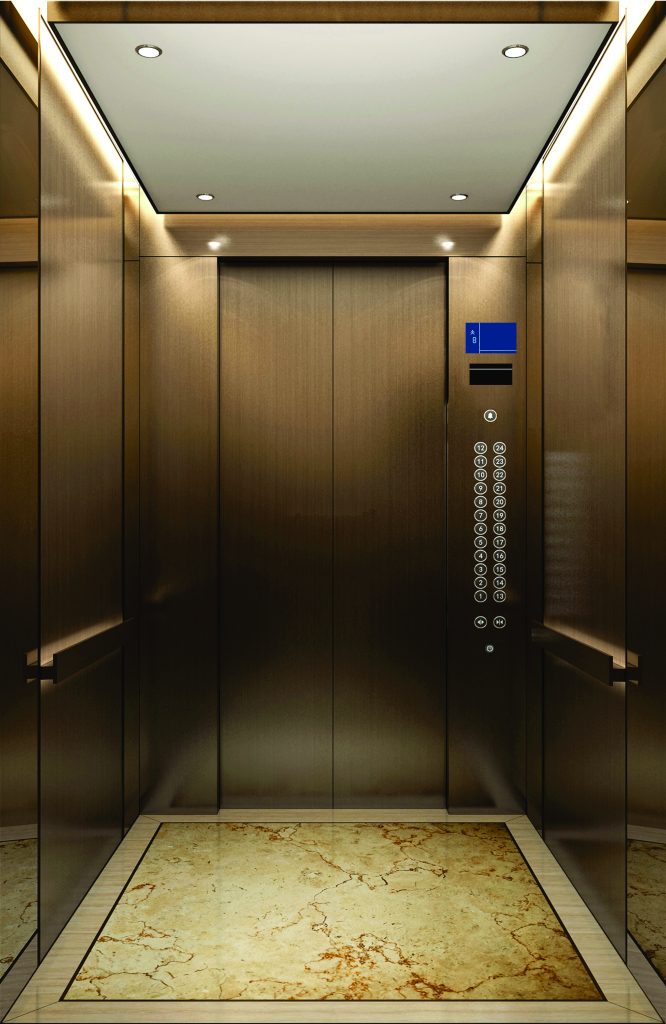
Is your elevator cab getting on in years? A refreshment of the cabin body is possible with every elevator. The elevator is the business card of your address. Cabin upgrades will have a direct reflection on the building’s appearance. Besides the building’s appearance, specific aspects will improve accessibility for the disabled, and passenger comfort and low-voltage lighting contribute to energy efficiency.
“Aesthetics Component” upgrades are quick and cost-effective for minor but decisive improvements to your lift’s appearance.
These upgrades include items such as:
• Car walls and floor with attractive finishes and a modern appearance.
• Elevator ceiling and LED lighting.
• Intelligent car lighting control.
• Diffusers.
• Handrail.
• Operating panels with an updated appearance, modern buttons and a colour display available in different sizes.
(Subject to compatibility with the control system)
Upgrades to assist the disabled
• Installing a mirror to help wheelchair users negotiate entry and exiting
For users who are blind or visually impaired:
• Operating panels and buttons with colour contrast.
• Buttons with raised characters and Braille.
• Sounds: call registered, gong and voice synthesiser.
Other:
• Audio induction loop to help deaf passengers wearing a hearing aid.
• XL buttons for those with motor difficulties
Signal Equiment-Communication
Improving and upgrading the signalling and communication equipment with new modern equipment in the lift lobby and inside the lift will not only enhance the lift user’s perspective of the lift but also assist the lift users with disabilities.
Features available
• New landing operating panel with braille and direction indicators (vandal resistant if required)
• Car operating panel with braille and direction indicators (vandal resistant if required)• Additional landing and car lanterns
“Aesthetics Component” upgrades are quick and cost-effective for minor but decisive improvements to your lift’s appearance.
Safety Equipment
This aspect of modernisation is probably the most important aspect of all, “safety is not negotiable” would you let your child use a potentially unsafe lift? We wouldn’t allow our technicians to perform maintenance on an unsafe elevator system.
Today’s elevator and escalator systems adhere to strict safety standards set out in the Occupational Health and Safety Act and relevant SANS Regulations and incorporate a wide variety of features and equipment to help reduce the chances of accidents for lift users and technicians performing routine maintenance.
Failure to comply with the requirements can lead to shutdowns, violations, and possible legal liabilities. However, the worst potential outcome is, of course, tragedy.
Safety component upgrades:

Overspeed governor and safety gear
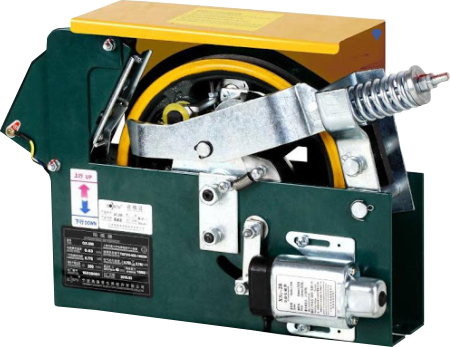
The overspeed governor is the heart of the lift safety system. Overspeed governor is a speed-monitoring device on the elevator. If the car speed exceeds a predetermined value, the governor will activate the safety gear, bring the car to a stop, and keep it stopped until the problem is solved.
When planning a traction elevator modernisation, if the elevator is equipped with an overspeed governor and safety gear, these devices can be retained, subject to that they meet current standards and regulations. Replacements will be necessary if they do not comply with current standards and requirements.

Elevator suspension ropes / hoisting ropes or cables.
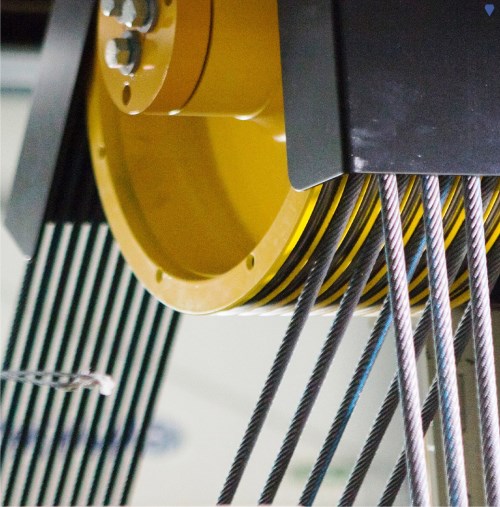
Elevator ropes are designed to support and move the car and counterweight. High-strength hoist ropes are necessary for today’s high-rise elevators due to increased car speeds, the type of ropes will depend on load requirements and speed.
The most crucial aspect of any elevator rope is that it must always be in good condition. Therefore frequent inspections are required
Technician routine checks would include:
• Measuring the rope’s effective diameter.
• Evaluation of the number of broken wires.
• Oxidation.
• Permanent distortion/deformation of rope body.
• Lifting of the wire strands.
• Assessment of the rope’s surface condition.
• Also, the elements where the rope is situated require special attention;
therefore, the condition of pulley grooves, especially traction pulleys and sheaves, must be checked.
If signs of degradation are noticed during the assessment and degeneration is past acceptable standards, rope replacement should be carried out without delay by trained and active maintenance personnel. If this rope replacement is not addressed, apart from the possibility of ropes snapping, it can degrade the sheaves to the point of required replacement long before their design life.
Rope Gripper or rope Brake
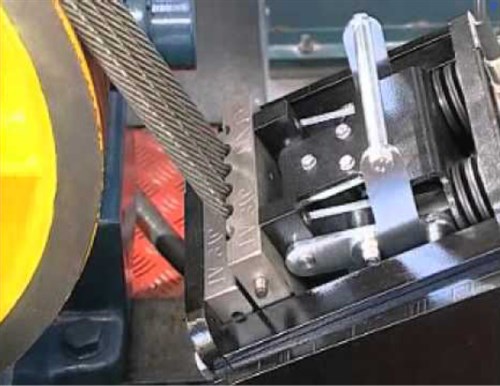
Rope brake is a device used to grip the elevator’s suspension ropes to stop the elevator in case of a mechanical or electrical failure. Its gripper activates if an ascending elevator over speeds in the up direction. However, a bi-directional rope gripper can also be installed to activate in the up and down direction. The rope grippers are tough yet gentle on the ropes and should cause no damage.
Overload Device
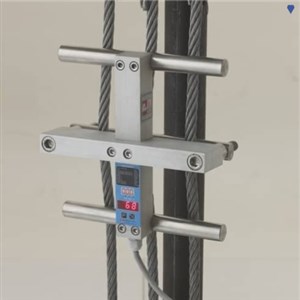
Overload device is a must solution for the safety of the passengers. An elevator overload sensor is a safety element that helps to give a warning when the load within the elevator reaches the overload point. When the overload set value has been reached, an alarm can be activated, and the overload protective device temporarily inhibits the elevator from moving. The operational status will be restored when the weight is reduced to the set parameters.
Automatic Rescue Device
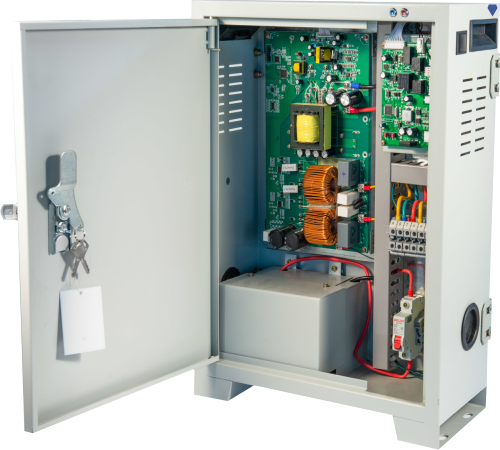
In the event of a main power supply failure, if the lift can stop between two floors. No matter when or how power outages occur, they have the potential to create issues for elevator passengers.
The Elevator emergency “automatic rescue device” (ARD) system is designed to immediately detect the loss of standard power. In the event of a loss of power, the ARD will automatically cancel all floor calls. Using standby battery power, it safely lowers the elevator to the closest landing and opens the elevator doors. The automatic rescue device prevents passengers from becoming trapped inside an elevator during a power outage. Rather than being inconvenienced for an indeterminate period, passengers are allowed to exit the car within seconds. The lift is placed out of service pending the restoration of normal electrical service.
Door sensors
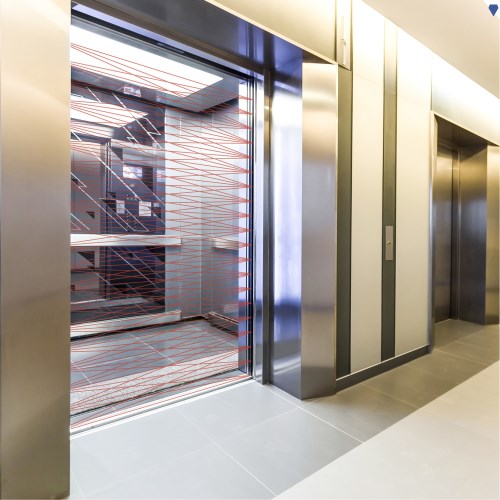
Door sensors are also required to obtain compliance status. Door sensors (sometimes known as photoelectric or infrared beam, electric safety door edges, door detector, or electric doorman), is an elevator device that detects a passenger or an object in the doorway which prevents the doors from closing.
Hydraulic elevator equipment upgrades
If your elevator requires frequent re-levelling, overheats, or stops erratically at floor levels, you may need to fully or partially replace the hydraulic elevator valves and pumping unit.
Hydraulic lift upgrade service includes:
• Control panels
• Replacement of the motor.
• Replacement of the Pump
• Replacement of the control valve
• Shaft equipment
• Hydraulic Hoses
• Tank
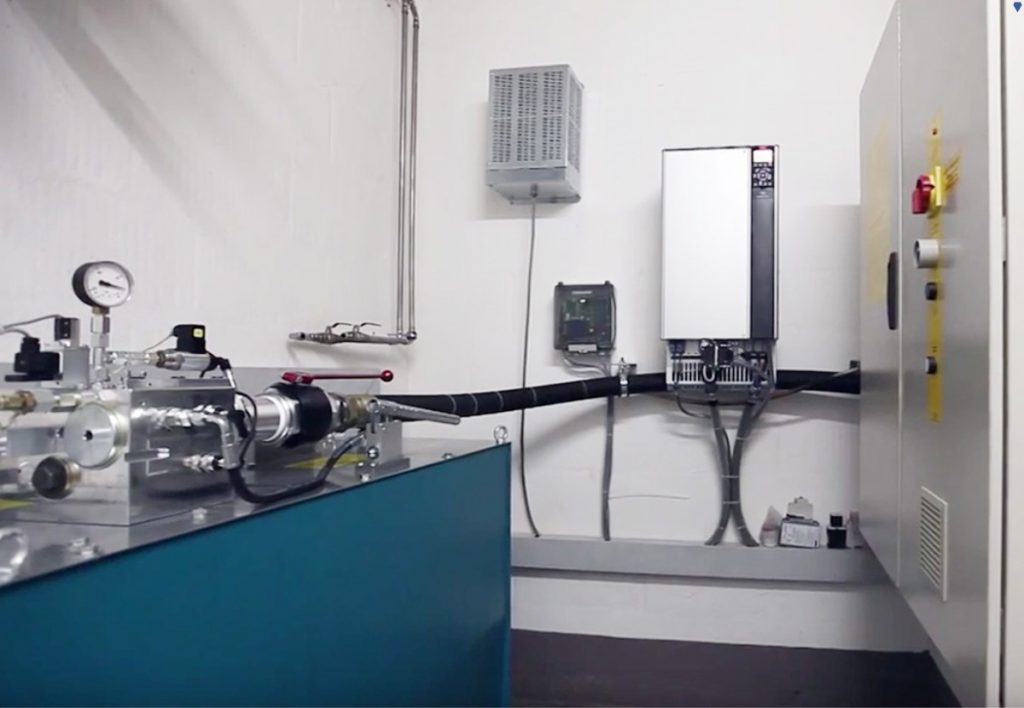
Escalators Safety Upgrades
Due to the high workload inflicted on escalators, escalators and moving walks are designed to adhere to strict safety requirements and incorporate various safety features to encourage good ridership and prevent accidents.
Some of the safety features include:
1. Lack of phase, error phase protection.
2. Overspeed protection.
3. Direction reversal protection.
4. Safety Inspection switch.
5. Alarm bell starting device.
6. Electrical appliance loop protection.
7. Motor overload protection.
8. Broken drive-chain device.
9. Brake protection.
10. Comb plate protection.
11. Emergency brake (Optional).
12. Control device for handrail breakage.
13. Skirt panel protection.
14. Emergency stop button.
15. Understep lighting.
16. Step safety marking.
17. Step sagging protection device.
18. Handrail speed monitor.
19. Skirt panel brush (Optional).
20. Comb plate safety device.
21. Handrail protection.
22. Broken step chain protection.
23. Fire-proof shutter device (Optional).
24. Drain function of lower machine room (Optional).
